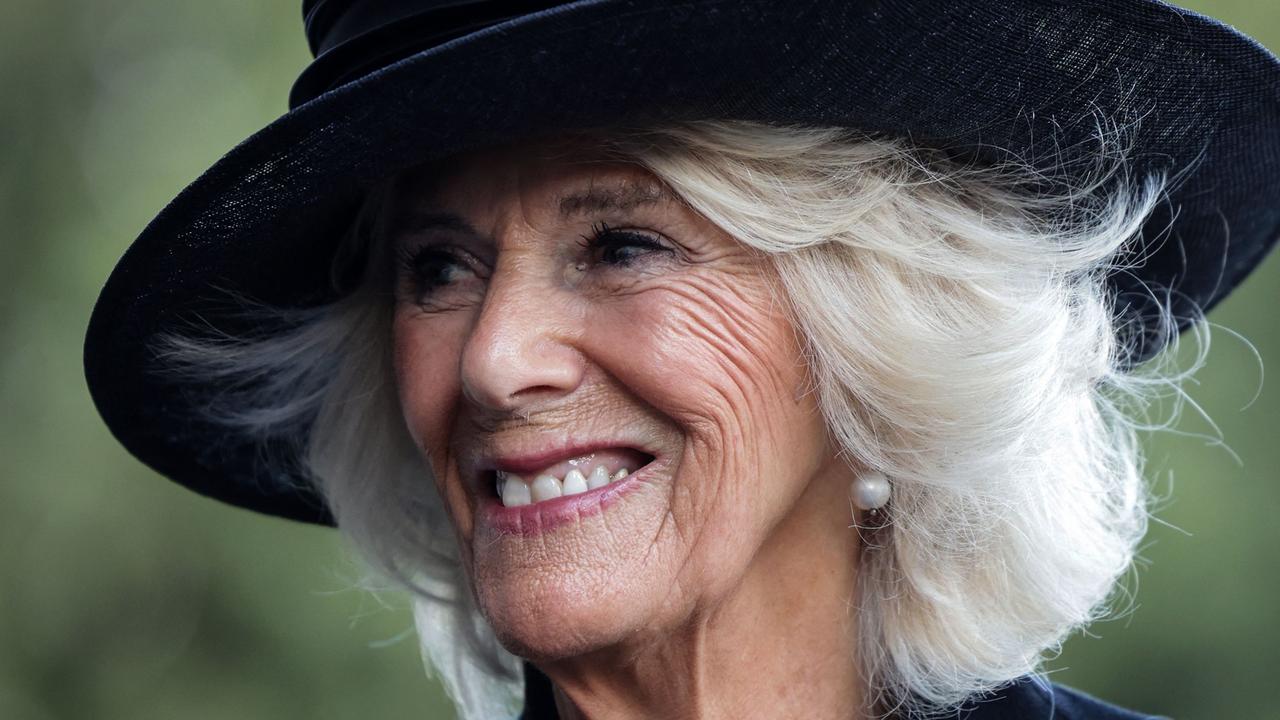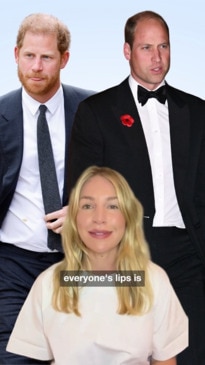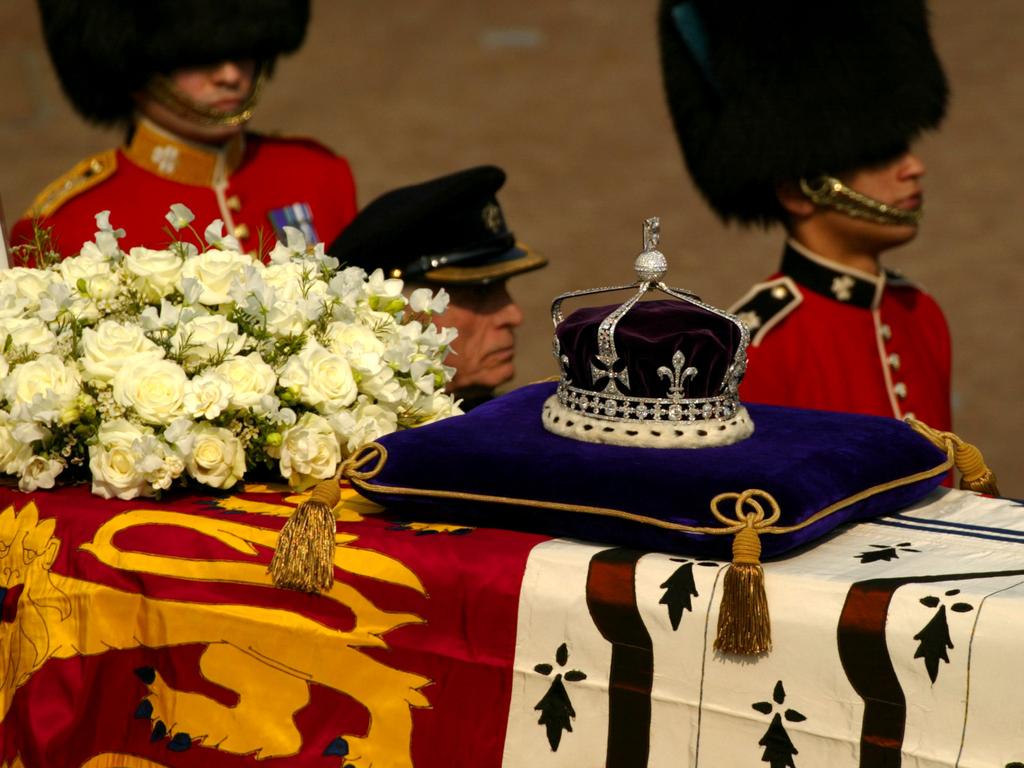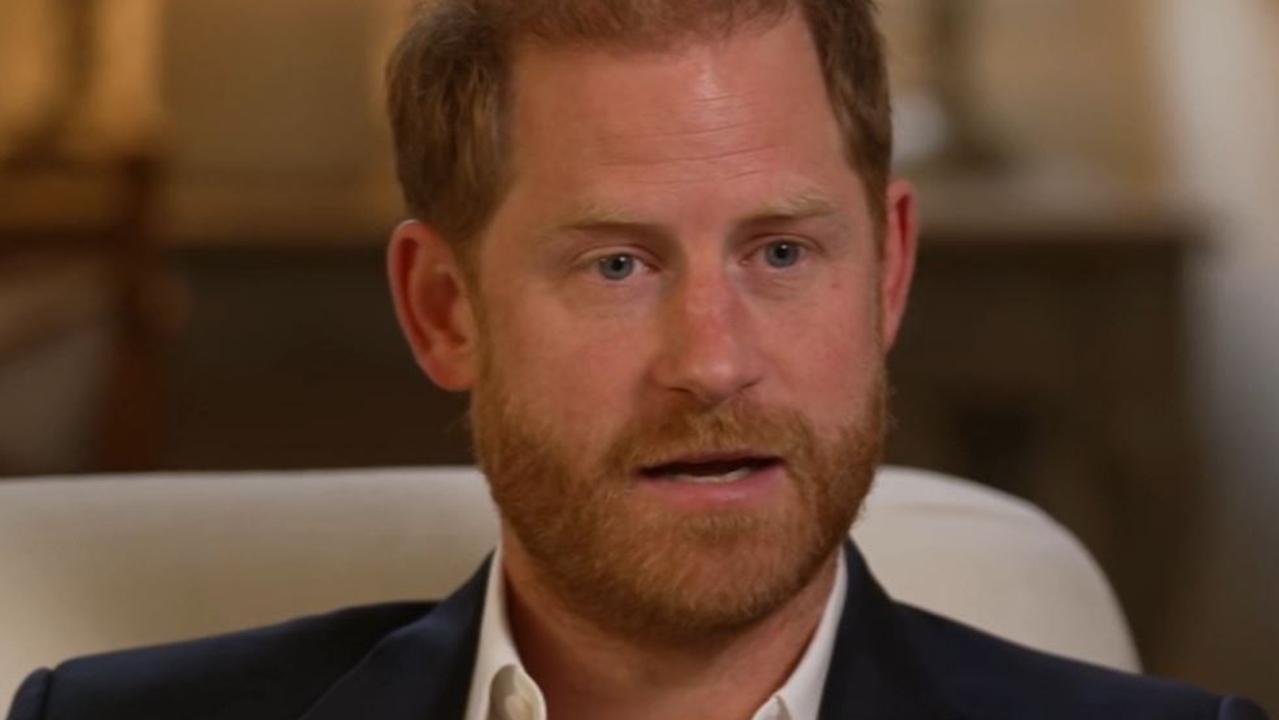Queen Camilla replaces Kohinoor with three equally problematic diamonds
FROM LONDON: Camilla was forced to scrap wearing a controversial diamond at the coronation, but her new choice has raised other concerns.

Queen Camilla was forced to abandon wearing a controversial diamond in her crown at the coronation this weekend after widespread criticism, but her replacement jewels have raised even more concerns.
A South African scholar has claimed the three new diamonds being worn by Camilla on Saturday – said to be fragments from the largest diamond ever found – are a dark reminder of colonialism suffered by African people.
Plans were initially in place for Camilla to showcase the infamous Kohinoor diamond, which was encrusted in Queen Mary’s crown and made for the 1911 coronation of George V, but the jewel has since been removed from the headpiece due to “political sensitivities”.
After the Queen died in September, multiple countries emerged claiming the Kohinoor had been stolen from them, notably India.
The diamond has since been replaced with three others from the royal vault: The Cullinan III, IV and V, which could prove equally problematic.

“The history of the Cullinan diamond is an epitome of the history of colonialism and imperialism. It is a history of denying Africans their humanity and their rights,” University of South Africa professor Everisto Benyera told ABC.
According to the Royal Collection Trust, the Cullinan diamond is the largest diamond to ever be found.
The official website states: “The stone was found near Pretoria in modern-day South Africa in 1905, and is named after the chairman of the mining company, Thomas Cullinan.”
Remarkably, in its uncut state (it has since been transformed into various pieces), it weighed 3106 carats (621.2g), and became known for its breathtaking blue-white colour.
The diamond’s history is complex, but it’s understood it came into the royal family’s possession after the Boer War – a three-year conflict over the British Empire’s influence in South Africa, which ended with a British victory in 1902.
A few years after the war ended, the diamond was gifted to Edward VII for his birthday.

In a statement released earlier this year, the palace said the change was “in keeping with the longstanding tradition that the insertion of jewels is unique to the occasion, and reflects the Consort’s individual style”.
The palace said the move to change diamonds was also to pay tribute to the late Queen Elizabeth II.
“The diamonds were part of Queen Elizabeth II’s personal jewellery collection for many years and were often worn by her late majesty as brooches,” it said.
It comes after the Kohinoor’s origins sparked wider interest soon after the queen’s passing in September, reigniting a centuries-old campaign to correct the course of British colonialism.
Kohinoor is one of the world’s biggest and most expensive cut diamonds and the centrepiece of the UK’s crown jewels. It’s said to be worth $591 million.

But how it came to be in the royal family’s possession is a sore point for some, and although its exact origins are unclear, it’s understood the British monarchy acquired the stone from India in the late 1840s.
The diamond has changed hands more than once throughout its long history, opening debate as to whether India is even the rightful owner.
The diamond, which was discovered “thousands” of years ago, spent time in possession of Mughals, Afghans and Persians before the young Punjab Maharaja held it, and later the British, according to the Smithsonian Magazine.
-Lexie Cartwright in London






